The world is rapidly realizing the environmental cost of traditional packaging. Millions of tons of plastic waste flood landfills and oceans every year, making the search for sustainable alternatives more urgent than ever. Among the innovative solutions gaining attention are pappedeckel, which are eco-friendly cardboard lids designed to replace plastic and foam options.
These lids are not only biodegradable and recyclable but also surprisingly strong and versatile. Once a niche option, pappedeckel is now central to the global conversation on sustainable packaging, redefining how businesses and consumers think about waste, convenience, and environmental responsibility.
What Is a Pappedeckel?
The term pappedeckel originates from German, translating directly to “cardboard lid.” Traditionally, it referred to paperboard covers used in food service, such as cups, containers, and boxes. Today, the meaning has expanded to include a wide array of eco-friendly, paper-based lids suitable for multiple industries.
These lids are typically made from recycled fibers, renewable wood pulp, or other sustainably managed materials. Their design ensures protection for the product while meeting the growing consumer demand for environmentally conscious packaging. Unlike plastic, which can take centuries to decompose, pappedeckel naturally breaks down within weeks or months, making it a smart choice for businesses aiming to reduce their environmental footprint.
Historical Background of Pappedeckel
The concept of pappedeckel emerged as a response to the overuse of metal and plastic in packaging. In the mid-20th century, industries sought lighter, more practical alternatives that could serve as protective lids for food and beverages. Early cardboard covers lacked durability, but innovations in paper processing eventually created stronger, heat-resistant options capable of handling hot drinks and preventing leaks.
Over time, pappedeckel became a symbol of sustainability and efficiency, particularly in eco-conscious regions like Germany. Its adoption set the stage for modern sustainable packaging trends that now span the globe.
Why Pappedeckel Is Gaining Popularity
Several factors are driving the widespread adoption of pappedeckel:
- Consumer Awareness: Modern buyers are increasingly eco-conscious and prefer brands that demonstrate responsibility toward the environment.
- Government Regulations: Many countries have introduced strict rules limiting single-use plastics, pushing businesses toward alternatives.
- Brand Image: Companies adopting pappedeckel showcase innovation and environmental care, appealing to a growing segment of green-minded consumers.
Unlike plastic or foam lids, pappedeckel is renewable, compostable, and safe for food contact, making it a win-win solution for both businesses and customers.
Environmental Benefits of Pappedeckel
The ecological advantages of using cardboard lids are tangible and far-reaching:
- Reduced Plastic Waste: Replacing plastic lids with pappedeckel can prevent thousands of plastic items from entering landfills annually.
- Biodegradability: Pappedeckel decomposes naturally, returning to the environment without leaving toxic residues.
- Lower Carbon Footprint: Producing recycled cardboard consumes less energy than manufacturing new plastic.
- Renewable Sourcing: Many cardboard lids come from responsibly managed forests, ensuring sustainable material use.
| Benefit | Pappedeckel | Plastic Lid |
|---|---|---|
| Biodegradable | ✅ Weeks/months | ❌ Centuries |
| Recyclable | ✅ Yes | ❌ Limited |
| Renewable Source | ✅ FSC-certified | ❌ Petrochemical |
| Consumer Appeal | ✅ High | ❌ Moderate |
Innovations in Pappedeckel Manufacturing
Technological advancements have made pappedeckel more durable, attractive, and versatile than ever before:
- Food-Safe Coatings: Natural water and oil-resistant coatings allow lids to maintain integrity without harmful chemicals.
- Custom Printing: Brands can add logos, eco-labels, or messages, turning packaging into a marketing asset.
- Biodegradable Laminates: These provide leak protection comparable to plastic while remaining compostable.
- Smart Packaging Integration: Some lids now incorporate QR codes linking to recycling instructions, product info, or promotional offers.
Consumer Perception of Eco-Friendly Packaging
Eco-conscious consumers increasingly prefer sustainable packaging options. Choosing a pappedeckel-covered cup signals environmental responsibility and aligns with personal values, influencing purchase decisions and fostering loyalty. Studies indicate that customers are more likely to support brands that prioritize sustainability, which can translate into repeat business and positive brand perception. ☕
Global Market Trends for Pappedeckel
The demand for eco-friendly packaging is rising worldwide:
- Europe: Leading adoption due to strict plastic regulations.
- North America & Asia: Rapidly catching up, particularly in urban centers and premium brands.
- Emerging Markets: Startups and small businesses increasingly view pappedeckel as an affordable sustainable option.
Lightweight, recyclable, and cost-efficient, cardboard lids are positioned as an essential component of modern packaging strategy.
Case Studies: Brands Using Pappedeckel Successfully
Several global brands have embraced pappedeckel with measurable success:
| Brand / Region | Initiative | Result |
|---|---|---|
| Major German Coffee Chain | Switched to cardboard lids | 40% reduction in plastic waste |
| Scandinavian Bakery | Eco-packaging on takeaway items | 15% sales increase, positive publicity |
| Global Fast-Food Chain | Pilot program replacing plastic | Improved sustainability image, cost-neutral after scale |
These examples highlight the dual benefits of environmental responsibility and enhanced brand perception.
The Role of Pappedeckel in a Circular Economy
A circular economy emphasizes reducing waste, recycling, and reusing resources. Pappedeckel perfectly fits this model:
- Cardboard lids can be recycled and reprocessed into new packaging or paper products.
- Using pappedeckel helps conserve natural resources and reduce energy consumption.
- Consumer participation in recycling ensures a continuous, sustainable material cycle.
Applications of Pappedeckel Across Industries
Food & Beverage
Coffee-to-go, takeaway meals, and delivery services increasingly rely on cardboard lids. Beyond sustainability, these lids enhance hygiene, prevent leaks, and improve customer satisfaction.
Cosmetic Packaging
Creams, lotions, and small jars use pappedeckel as eco-friendly alternatives to plastic covers, aligning with consumer trends toward green beauty products.
Retail & Industrial Use
Electronics, toys, and specialty items now employ cardboard lids for protective and sustainable packaging. Even certain pharmaceutical containers are experimenting with sterile cardboard alternatives.
Branding and Marketing Opportunities
Pappedeckel is more than protection — it’s a marketing tool.
- Custom Prints & Designs: Logo, eco-labels, seasonal themes
- Storytelling: Communicates commitment to sustainability, resonating with eco-conscious consumers
- Customer Loyalty: Sustainable packaging fosters trust and repeat purchases
By creatively using pappedeckel, brands can differentiate themselves in crowded markets while reinforcing a green identity.
Challenges and Limitations
Despite its advantages, pappedeckel faces some challenges:
- Durability Concerns: Exposure to liquids or oils can weaken cardboard, though natural coatings mitigate this.
- Production Costs: Initially higher than plastic, but economies of scale are reducing price gaps.
- Infrastructure Gaps: Recycling and composting facilities are unevenly distributed globally, limiting impact in some regions.
However, ongoing innovations continue to address these obstacles, making pappedeckel increasingly viable worldwide.
Government Policies and Regulatory Support
Legislation banning single-use plastics accelerates the adoption of cardboard lids. For example:
- European Union: Strict restrictions on non-recyclable plastics
- USA: State-level bans and corporate sustainability commitments
- Asia: Rapidly increasing eco-packaging standards
Businesses that adopt pappedeckel not only comply with regulations but also gain a competitive advantage.
Future Opportunities
The future of pappedeckel is bright:
- Water-Resistant Plant-Based Coatings for durability
- Lightweight Composite Boards for stronger, eco-friendly lids
- Smart Packaging integrating QR codes or recycling instructions
Entrepreneurs and startups can leverage these trends to innovate, differentiate, and lead in sustainable packaging.
How Businesses Can Transition to Pappedeckel
- Audit Current Packaging: Identify areas with heavy plastic use
- Test Prototypes: Gather feedback from customers
- Partner with Certified Suppliers: Look for FSC or other sustainability certifications
- Communicate Changes: Highlight eco-friendly initiatives to build brand image
A structured transition ensures minimal disruption while maximizing sustainability benefits.
Everyday Impact for Consumers
Even small actions, like choosing a cup with a pappedeckel lid, contribute to a larger environmental movement. Millions of consumers making eco-friendly choices daily can significantly reduce plastic pollution.
Conclusion
Pappedeckel is no longer just a simple cardboard lid; it is a symbol of sustainability, innovation, and global responsibility.
For businesses, adopting these eco-friendly lids strengthens brand image, aligns with regulations, and attracts loyal customers. For consumers, it provides a practical, responsible way to reduce waste.
The future of packaging is evolving, and cardboard lids are at the forefront — combining functionality, style, and environmental stewardship.
Other Articles
Veneajelu – The Finnish Tradition of Boat Riding
Top Tech News ScookieTech – Exploring the Future of Technology
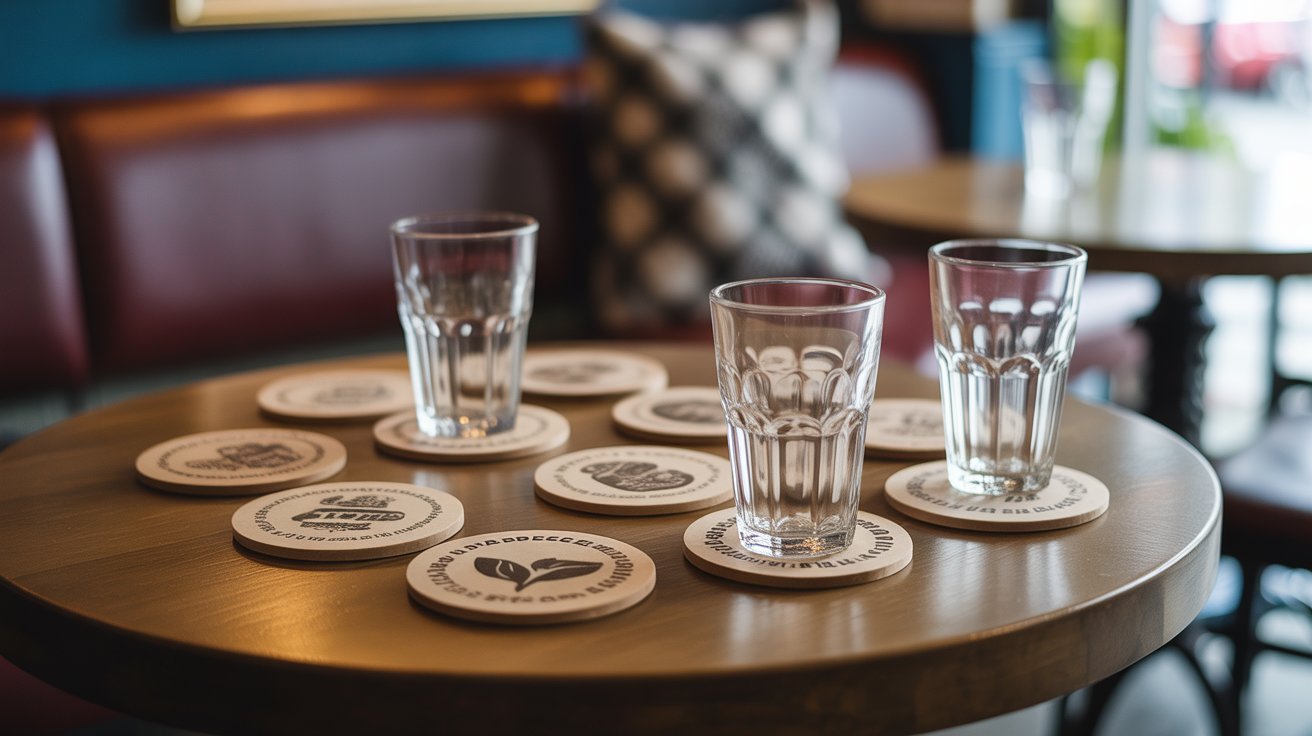
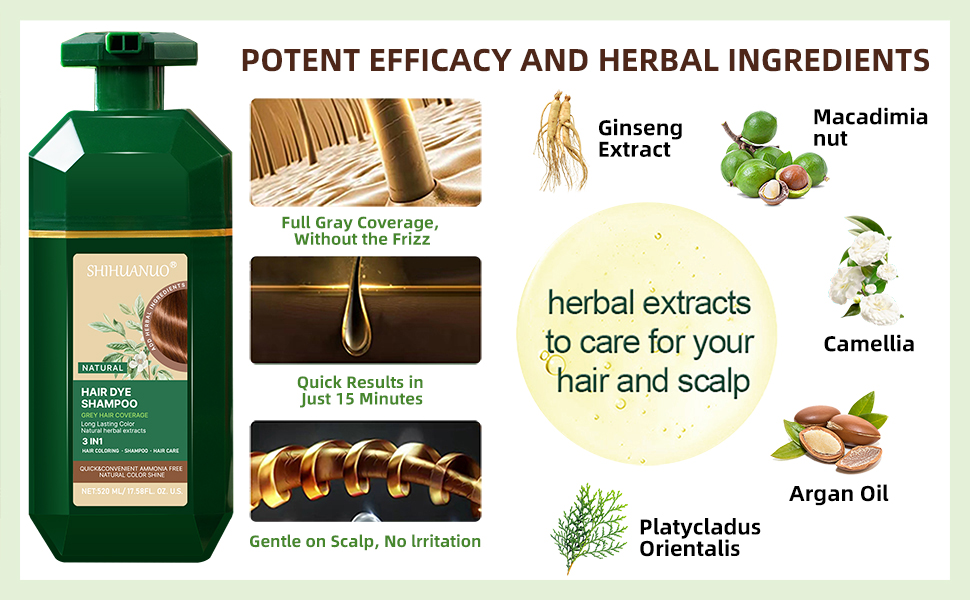
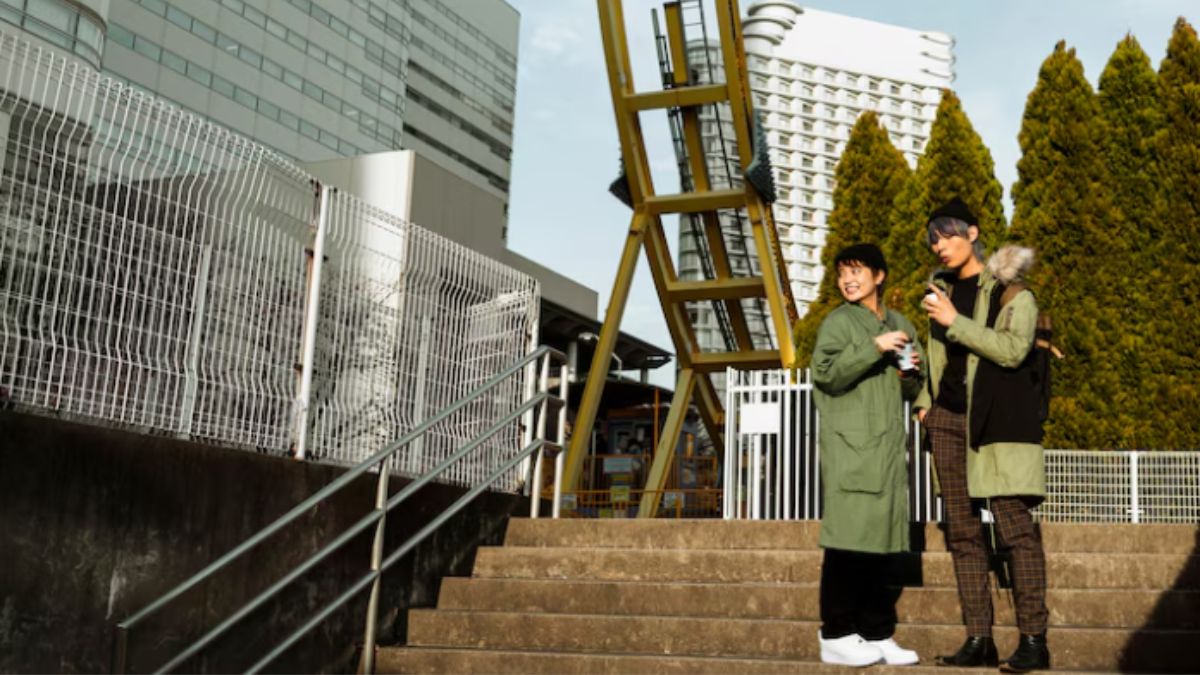
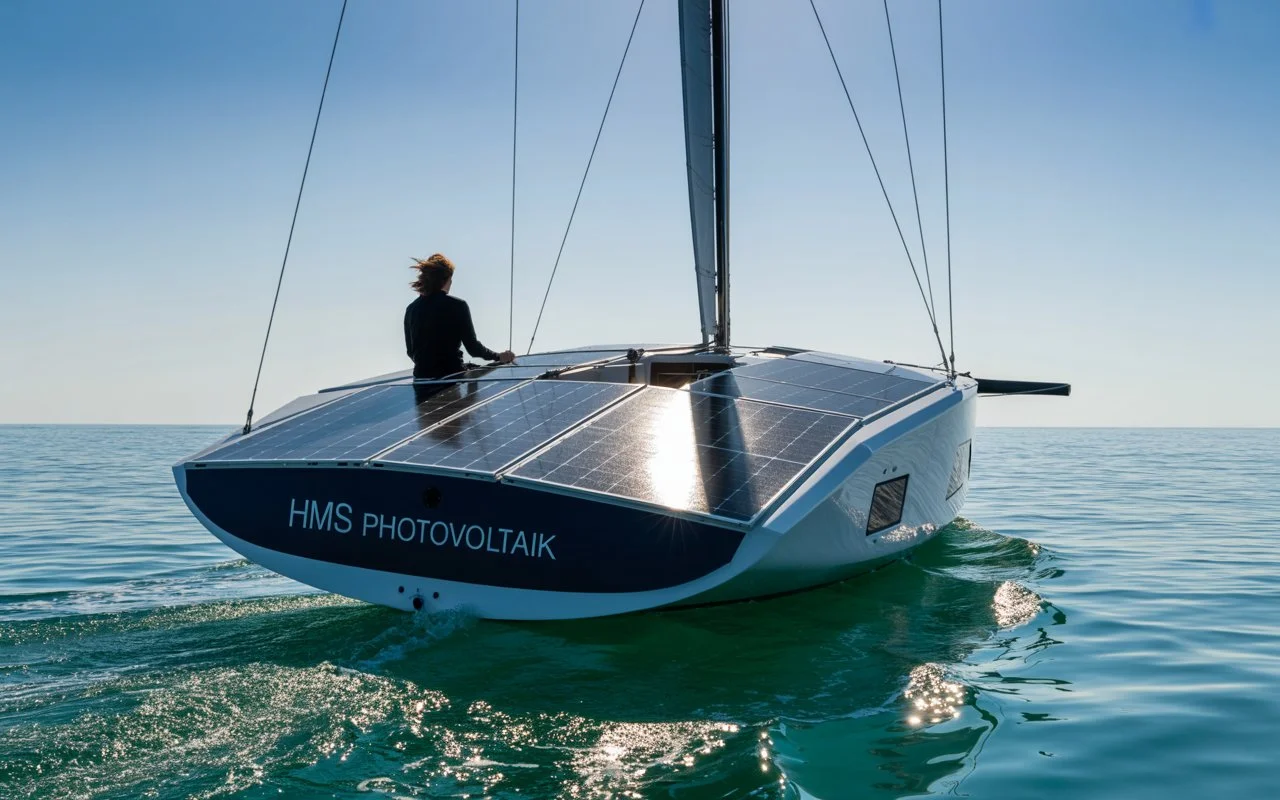
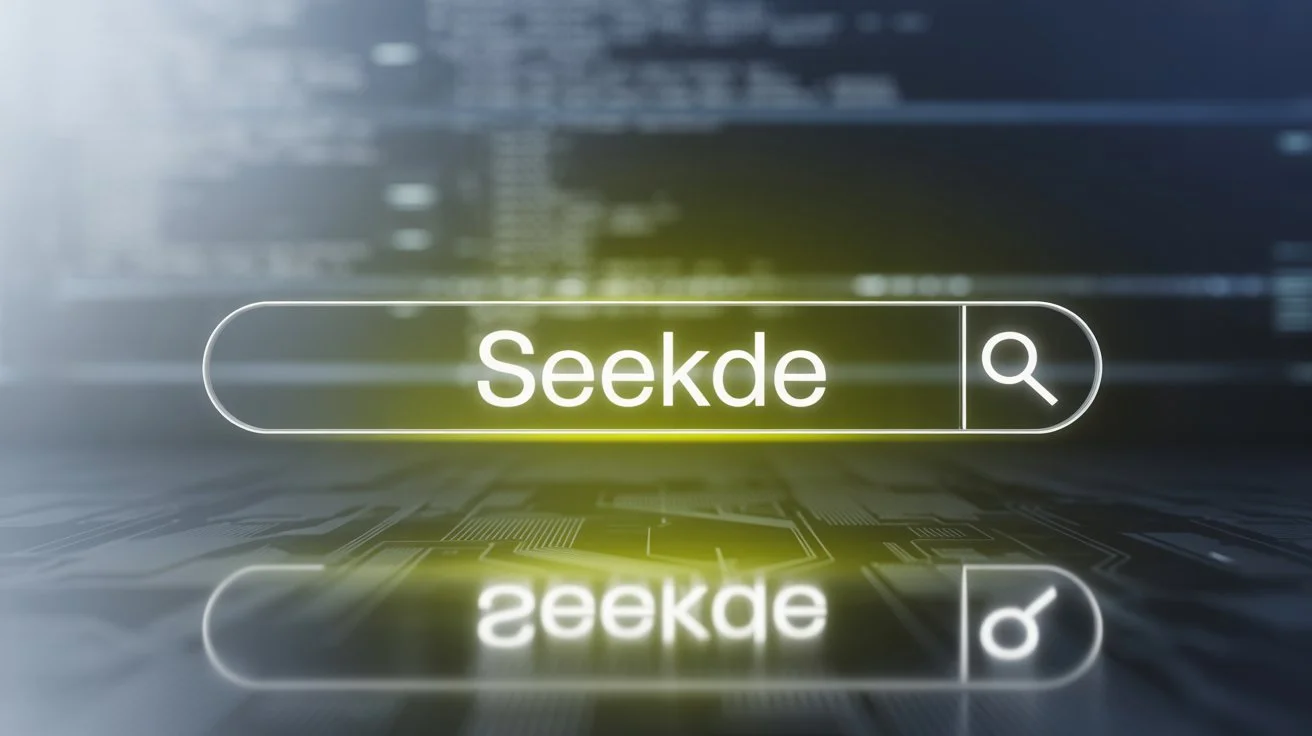
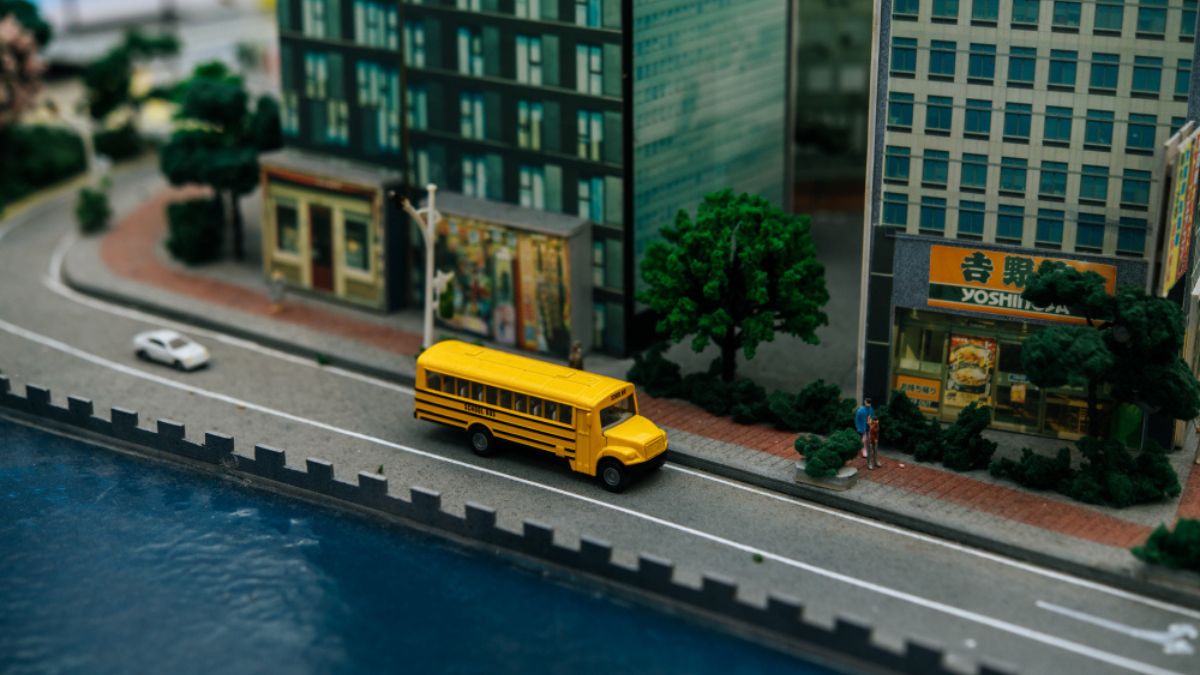



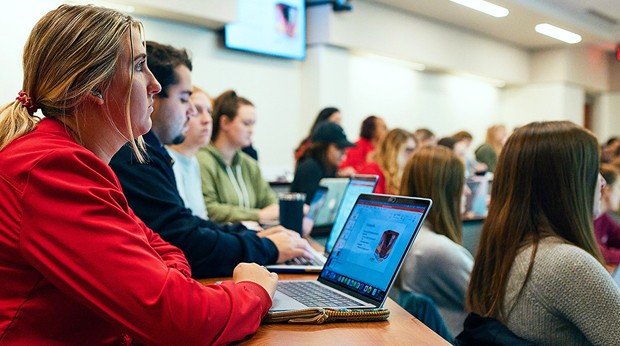
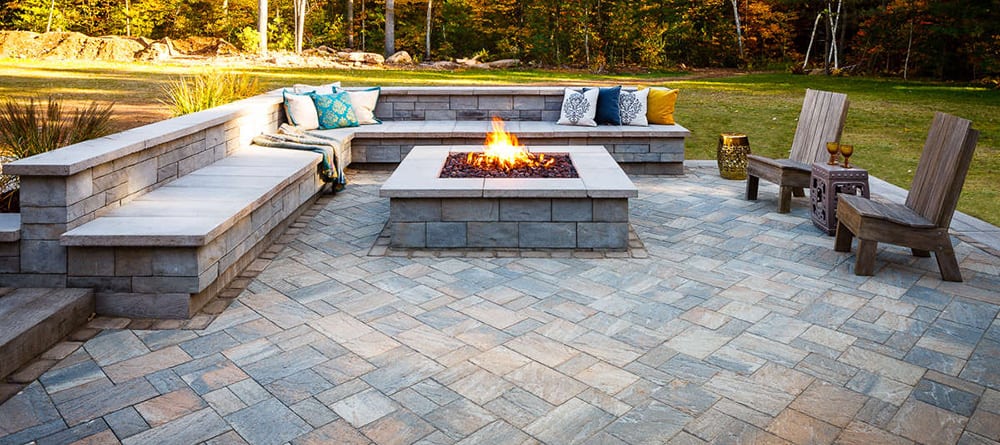
Leave a Reply